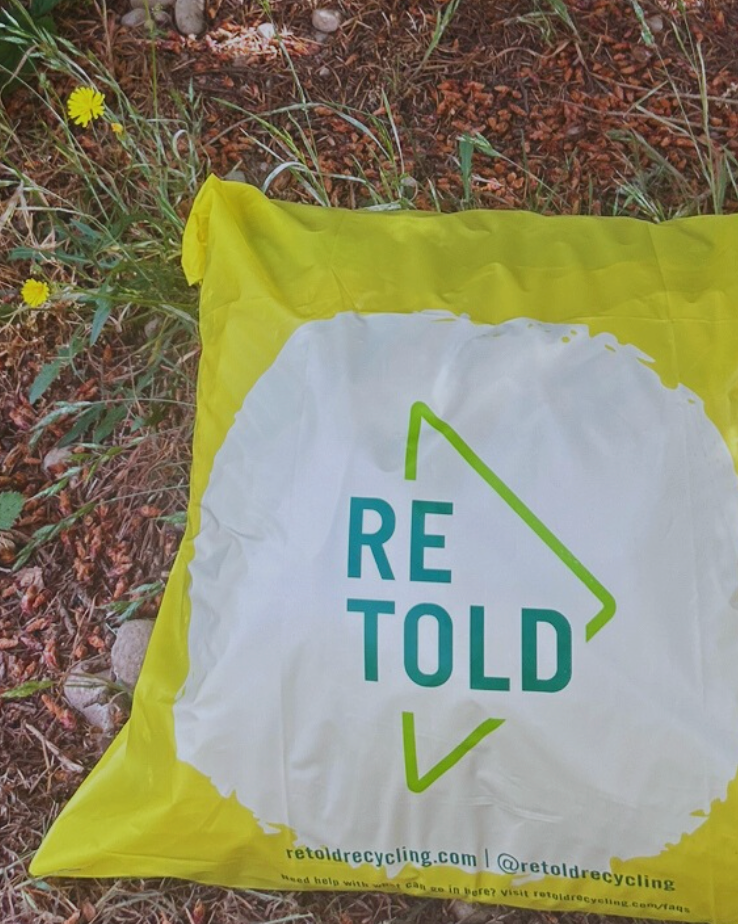
WRITTEN BY: ANDREW TRUMBLE
Fashion, Water Pollution and PFAS
Like to keep your drinking water clean? Here’s how you can make better fashion choices.
The global fashion industry employs more than 300 million people and is estimated to be worth $US 1.3 trillion; however, fashion's toll on the environment is also enormous. While the industry’s carbon footprint is well documented, less appreciated is its effect on our waterways: Incredibly, fashion is responsible for 20% of all clean water pollution. What’s more, PFAS - the ‘forever chemicals’ being linked with a raft of serious health concerns - are a key part of the mess.
To understand how the fashion industry contributes to water pollution, it’s worth taking a refresher on how textiles are made: The first step in production is turning fibers, be they natural or synthetic, into workable yarn and fabric. In order to do this, the fibers are submerged in industrial-sized baths, a process known as “wet-processing”. PFAS can then be added to assist in the absorption of dyes and bleaches, and to give fabrics water, oil and stain repellence. Afterwards, wastewater from this process has to be dealt with. Filled with contaminants, it will be sent to treatment plants; however, any spills, leaks or discharges can lead to the contamination of soil and waterways.

Jian River in Luoyang, in north China's Henan province, turned red from dye that was dumped into the city's storm water network. STR/AFP/Getty Images
In 2022 it was estimated that up to 1500 US textiles mills were dischargers of PFAS.
In 2022, it was estimated that up to 1500 US textiles mills were dischargers of PFAS; in one high profile case, a textile company was found to have poisoned drinking water across 65 square miles of New Hampshire. In April 2024, the US Government issued the first ever national legally enforceable drinking water standard to help protect communities from PFAS exposure. However, in an indication of how acute the problem has already become, the US EPA estimates that between 6-10% of its 66,000 public drinking water systems will need to reduce their existing PFAS levels in order to meet requirements.
As awareness of the dangers of PFAS rise, it's up to clothing brands to respond. One company - Levi Strauss - has already succeeded in eliminating PFAS from its apparel, while other big names, such as GAP and American Eagle, have pledged to end PFAS use. Worryingly though, a scorecard that grades apparel firms on their PFAS policies showed that the majority had weak commitments. The grades for outdoor clothing producers, which rely on PFAS to waterproof their clothes, were often especially damning.
There are currently calls for national and state governments to ban the use of PFAS altogether. Especially given the existence of PFAS alternatives, it's a move that seems both obvious and overdue. Until it happens though, we as consumers can continue to care for our health and the health of our waterways by asking questions and by checking the PFAS scorecards. It’s worth remembering that apparel labelled as waterproof, breathable, stain repellant, or dirt repellant has every chance of having a PFAS coating or membrane. Ask yourself if you really need these types of clothes, or if we'd all be better off without them.







